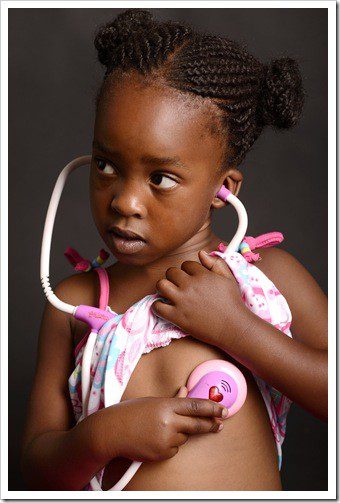
Many people associate heart disease with older people. However, more and more children are becoming victims of heart disease. Although heart disease is relatively uncommon among children, an increase in child obesity has caused levels to be higher than ever before, and this has caused an uptick in factors that lead to heart disease.
Here Are Just a Few Statistics:
- 25% of adolescents have two or more heart disease risk factors
- 20% of adolescents have borderline or high blood pressure
- 25% of adolescents either have or are close to having Type 2 diabetes
- 33% of adolescents are overweight or obese
The American Heart Association has identified seven key factors that are important in maintaining a healthy heart.
These Factors Include:
- Following a healthy diet
- Practicing physical activity on a regular basis
- Maintaining a healthy weight
- Not smoking
- Keeping levels of glucose, blood pressure and cholesterol normal.
However, only four out of these seven factors are met by half of American children, putting them at greater risk of heart disease.
A Simple Way To Measure a Child’s Cardiovascular Health Has Been Found
A new study published in the journal Pediatrics has found a simple way to measure a child’s cardiovascular health. By calculating the ratio of triglycerides to HDL (the “good” cholesterol), doctors can determine the likelihood of a child having damaged or stiffened arteries. The study was based on 900 children and young adults and was performed by researchers at Cincinnati Children’s Hospital Medical Center. Triglycerides are an indicator how much fat and sugar are in the bloodstream. High triglycerides and low HDL are indicators of a poor diet and a sedentary lifestyle, and previous studies have shown a link between these and stiffening of the arteries in adults.
The consumption of sugar is one of the major contributors to high triglycerides. Experts are trying to curb kids’ intake of sweet beverages such as soda and juice, both of which are extremely high in sugar. Experts stress the importance of parents instilling healthy habits in their children at an early age. Daniels explained, “Parents really are in charge of the home environment and have a tremendous opportunity to build a healthy environment at home. Allow children to make choices among healthy options. It promotes a kind of self-efficacy and equips children to do better.”
For Your Health,
Dr. Che Connelly
